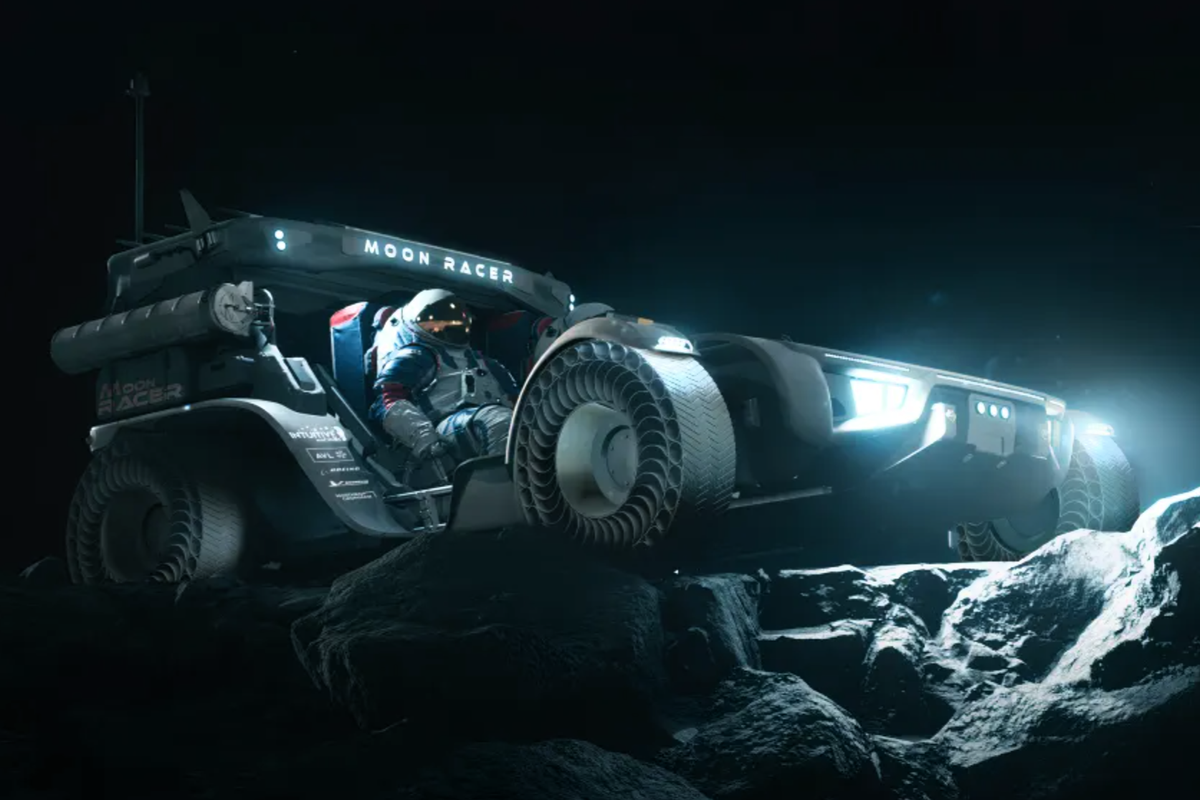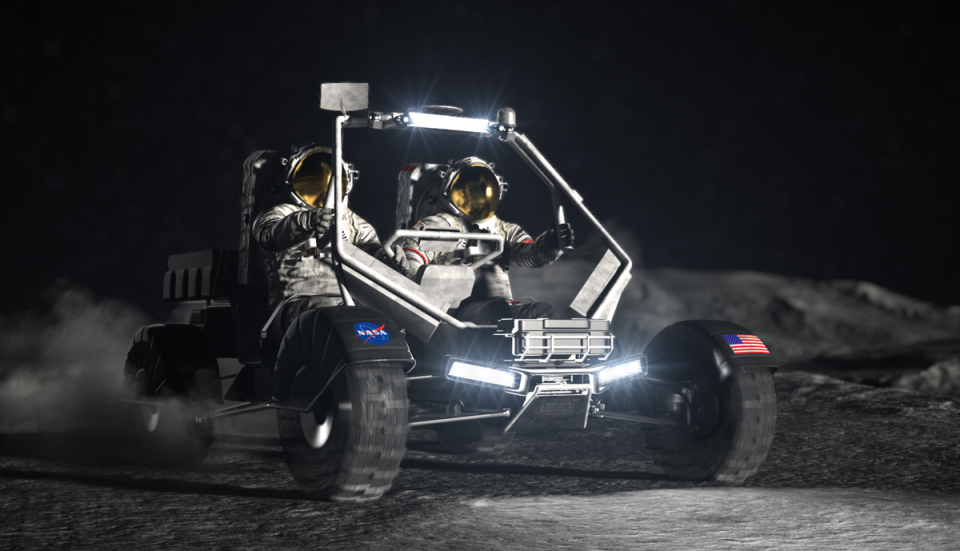Nasa unveils Moon RACER buggy plans for astronauts on Artemis mission

Nasa has unveiled the lunar buggy concepts that will be developed for its upcoming crewed missions to the Moon.
Among the vehicles is a self-driving ‘Moon RACER’ built by US startup Intuitive Machines that is capable of transporting people and cargo across the surface of the Moon.
The US space agency awarded Intuitive Machines $30 million to develop and deploy the Moon RACER, which stands for Reusable Autonomous Crewed Exploration Rover.
Intuitive Machines CEO Steve Altemus said the contract covers up to 10 years of lunar surface activity.
Nasa plans to begin using the lunar vehicles for crewed operations during the Artemis V mission, which is currently scheduled for March 2030.
“This vehicle will greatly increase our astronauts’ ability to explore and conduct science on the lunar surface while also serving as a science platform between crewed missions,” said Vanessa Wyche, director of Nasa’s Johnson Space Center in Houston, Texas.

Other lunar terrain vehicle (LTV) concepts to be selected for development include buggies built by Lunar Outpost and Venturi Astrolab. Each one is required to feature autonomous capabilities so that Nasa can continue to use them even when astronauts are not onboard.
“We will use the LTV to travel to locations we might not otherwise be able to reach on foot, increasing our ability to explore and make new scientific discoveries,” said Jacob Bleacher, chief exploration scientist in the Exploration Systems Development Mission Directorate at Nasa’s Washington headquarters.
“With the Artemis crewed missions, and during remote operations when there is not a crew on the surface, we are enabling science and discovery on the Moon year around.”
The announcement comes just two weeks after the US Defence Advanced Research Projects Agency (DARPA) approved the development of a rail network on the Moon that could connect different lunar bases.
The introduction of transport infrastructure on the Moon represents a “large paradigm shift” for the lunar economy, according to DARPA program manager Michael Nayak.
China is also planning crewed missions to the Moon before the end of the decade, while several private companies and startups have plans to send payloads to the lunar surface.
This increase in activity, which comes more than five decades after the last humans walked on the Moon, is expected to supercharge the lunar economy.
Estimates from the European Space Agency suggest it could be worth €142 billion (£120bn) by 2040, while plans to use the Moon as a launching pad for Mars missions could boost it even further.


